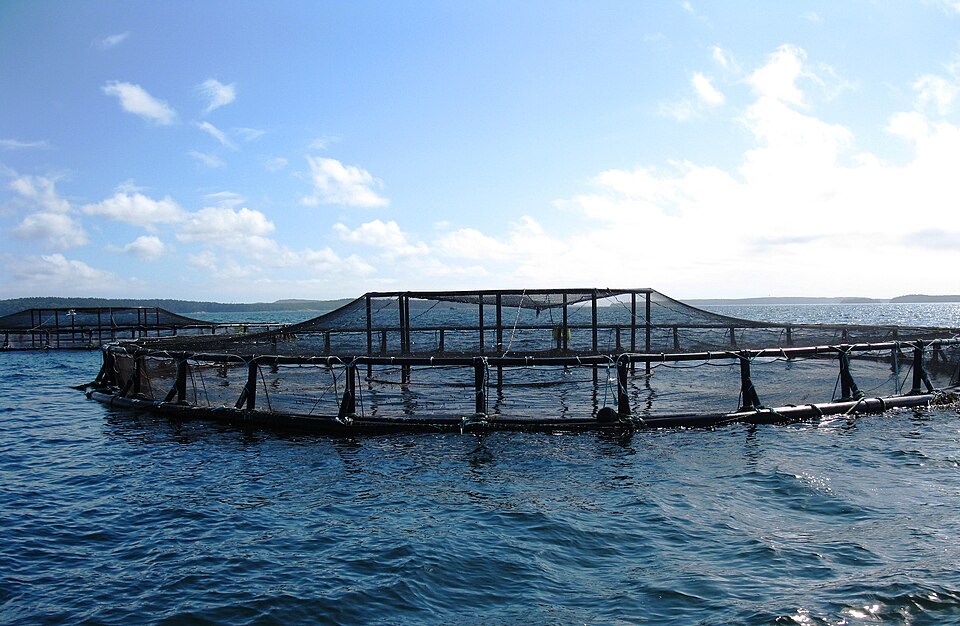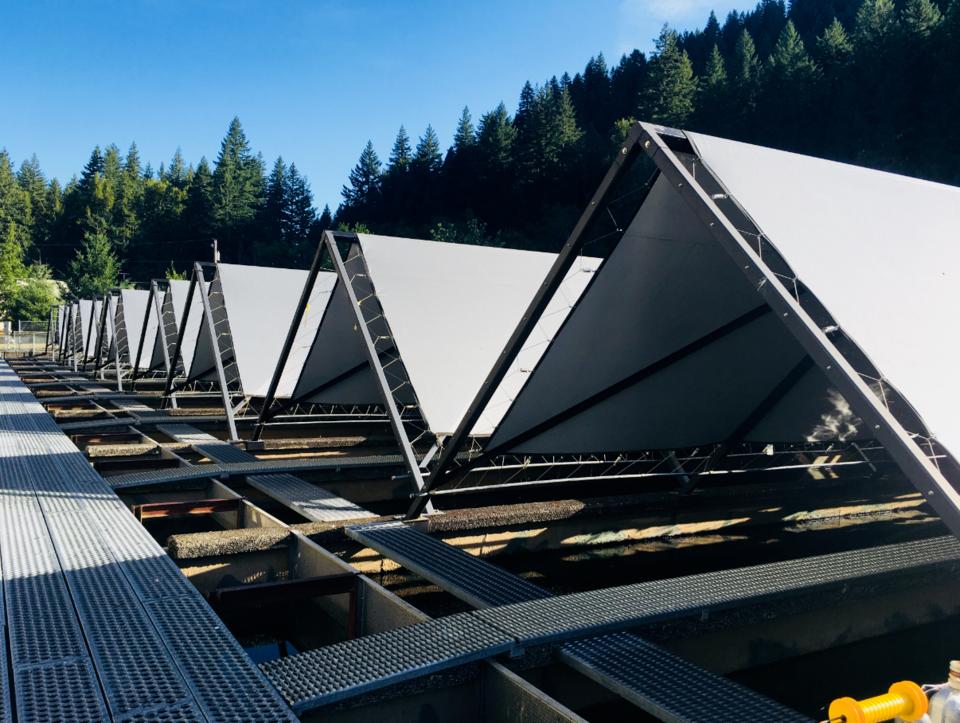
Timelines 10
Man and his Senses 10
Man and his Inventions 10
Geography 10
Fauna 10
Timelines 10
Man and his Senses 10
Man and his Inventions 10
Geography 10
Fauna 10

By the time you lay your hands on a Czech carp (fresh from a centuries-old pond) or unwrap a packet of frozen Indian shrimp headed for the United States, you are holding two very different answers to the same question: how do societies turn water resources into food, livelihoods, and export strength? This short comparison traces Czechia’s compact, freshwater tradition—dominated by carp and ornamental fish—alongside India’s sprawling marine and inland sectors, from village ponds in Assam to a national “Blue Revolution.” Where one is old, local, and pond-bound, the other is vast, export-driven, and diverse, and together they point to practical avenues for technical exchange and trade.
Czechia: Ponds, Carp, and Ornamental Fish Mastery
Czech aquaculture is, in essence, a pond story. Landlocked and historically pond-rich, the country’s production takes place almost entirely in freshwater systems (ponds account for about 95% of farming), with carp varieties (common, grass, silver, and bighead) remaining the backbone of production. In 2022, Czech production was reported in the low-to mid-tens of thousands of tonnes (about 24 thousand tonnes), and the sector’s character is shaped as much by culture and ecosystem services as by markets—pond fisheries help regulate local water flows, provide seasonal incomes, and even support biodiversity in traditional landscapes.
That traditional bent does not mean Czech aquaculture is limited. The country is a world leader in ornamental freshwater fish (koi, goldfish, and many aquarium forms), ranking among the top global producers and exporters of these high-value species—a niche that brings a lot of export value and international standing to a mainly freshwater farming community. At home, however, per capita fish consumption stays modest (under about 6 kg/year), so much of Czech production is geared towards live exports, ornamental aquarium markets, and regional trade rather than mass domestic consumption.
A note on data and trends: while some market projections suggest Czech production will remain broadly flat into the latter 2020s (around 21,000 tonnes in some forecasts), policy outlines emphasise modernisation (recirculating aquaculture systems, processing, product diversification) and better marketing as the clear pathways out of stagnation—all while preserving the environmental functions of traditional ponds. (Different datasets show slightly different consumption figures, reflecting varying methodologies and the seasonal and live-fish nature of Czech trade.)
India: Frozen Shrimp, Blue Coasts and Village Ponds
Turn to India and the scale of aquaculture changes entirely. With a 7,500 km coastline and massive inland water resources, India has become one of the world’s largest seafood exporters: in FY24 the country exported nearly 1.78 million tonnes of seafood worth over ₹60,500 crore (about US$7.2 billion), with frozen shrimp (Vannamei) leading both volume and value. The industry is export-oriented, vertically integrated in many pockets, and highly sensitive to trade policy, market access, and sanitary standards.
At the same time, India’s inland and small-scale freshwater culture remain crucial for domestic nutrition and rural resilience. Examples from Assam, as a representative of several small scale aquaculture across India’s northeast and eastern plains, show what community-level, low-input systems can achieve: reports show production of roughly 1,800 kg/ha/yr from seasonal homestead ponds when local inputs were integrated and farmers received the requisite training. Such systems fulfil the protein requirements of the villagers , diversify their incomes, and cushion farming families against crop failures. They are also highly scalable through extension, seeds, and simple feed innovations.
Policy Push: The Blue Revolution and PMMSY
India’s recent national push—the Pradhan Mantri Matsya Sampada Yojana (PMMSY)—binds these strands together. Launched to catalyse a modern “Blue Revolution,” PMMSY aims to expand production, improve value chains, add processing capacity, and raise fishers’ incomes through investments in infrastructure, cold chains, and certification. PMMSY is seen as central to the country’s seafood ambitions (including thousands of crores allocated in project approvals and scheme extensions), signalling that India sees aquaculture both as a rural development tool and as a major foreign-exchange earner.
Simple Trade, Surprising Gaps
Trade between these two aquatic worlds of India and Czechia is currently small but telling. Recent trade data show Indian exports of fish and aquatic invertebrates to the Czech Republic measured only in the low thousands of US dollars in recent years. This could be seen as a reflection of complementary product mixes more than missed opportunity: Czech exports remain largely focussed on live carp and ornamental fish through niche, high-value routes, while India exports frozen shrimp and processed marine products in bulk.
Still, this complementary fit in terms of pond expertise and ornamental fish breeding from Czechia on one hand, and large scale marine farming, processing and cold-chain management from India—creates obvious avenues for bilateral technical cooperation and niche trade.
Where Cooperation Makes Sense (and Money)
If policymakers sat down to sketch a joint agenda, four practical items would stand out:
2. India’s experience with large-scale sea food freezing, processing, and export protocols could help Czech producers reach distant markets with chilled or processed carp products, thereby raising local consumption and export value as well.
3, Smallholder extension models (like those trialled in Assam) can be adapted both ways: India could benefit from the tried and tested Czech methods for pond water and ecosystem management, while Czech farmers could learn low-cost feed and mixed-species culture techniques which are common in South Asia.
4. Joint R&D on climate-resilient pond management and recirculating aquaculture systems (RAS) offers shared gains as both regions face the twin pressures of a dynamic, ever changing market change and climate stress.
Overall, Czech ponds and ornamental tanks are concentrated pockets of expertise that feed regional markets and global niches. India’s coasts and countless village ponds form a sprawling, export-heavy ecosystem that feeds the nation and the world.
Read together, they show that aquaculture is not one industry but many: a craft, a rural lifeline, and a modern export sector. The sensible next step is not competition but conversation: technical exchanges, targeted trade (ornamentals for ornamentals, processed shrimp for processed carp), and shared R&D that respects each country’s ecological and cultural context. If history has taught us anything about water, it is this: small changes in practice ripple widely.
Sources:
https://tinyurl.com/ym82z8mr
https://tinyurl.com/yau8n8m3
https://tinyurl.com/2s46tpkj
https://tinyurl.com/54cctp9s
https://tinyurl.com/3h9nn2vh
https://tinyurl.com/2v2fxvzb
https://tinyurl.com/4rbzkbsv
https://tinyurl.com/2m6s2u89